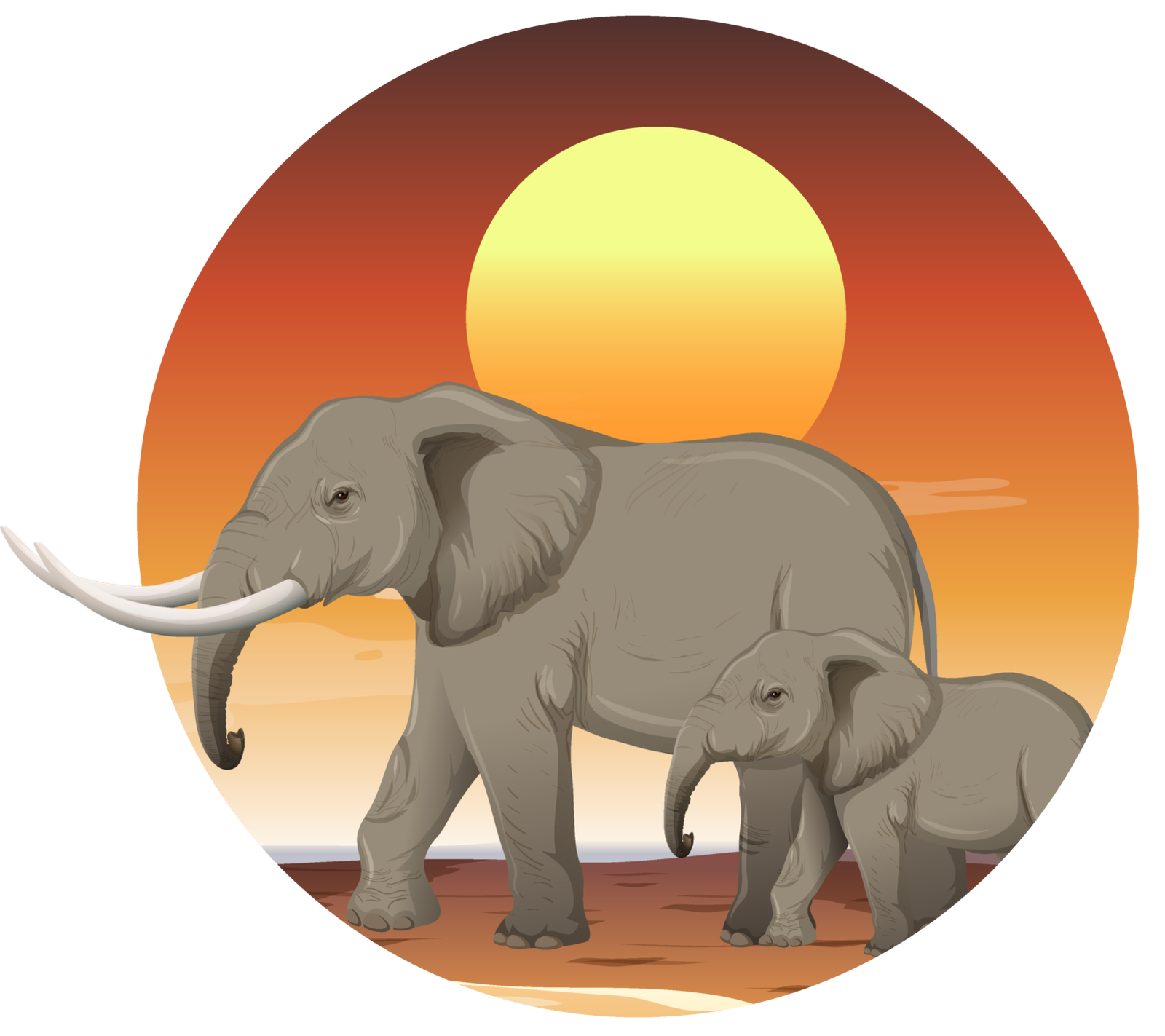Money & Spending
The currency in Madagascar is the Malagasy ariary, but most tourist-related costs and fees are priced in euros. It’s advisable to carry euros in cash for smaller personal purchases not included in your all-inclusive itinerary.
Credit cards are not widely accepted, so rely on cash where possible.
Tipping
Tipping is customary in Africa, being voluntary and appreciated as a gesture of gratitude for good service or assistance. Common individuals to tip include drivers, servers, skippers and their crews, and local guides. Tipping pilots is not necessary. Gratuities should be given in euros when possible.
Climate
Madagascar follows a typical Southern Hemisphere seasonal pattern:
- November to April: Hot and rainy (summer).
- May to October: Colder and drier (winter).
- January is the hottest month with an average temperature of 22°C / 72°F.
- July is the coldest month with an average temperature of 15°C / 59°F.
- December is the rainiest month with an average of 310mm / 12in of rainfall.
The climate is influenced by the dominant south-eastern trade winds originating from the Indian Ocean anti-cyclone.
What to Pack
Tourism infrastructure in Madagascar remains relatively underdeveloped, so it’s essential to pack thoughtfully. Many items are difficult to find once leaving Antananarivo.
Essentials include:
- A camera with a strong zoom for photographing lemurs.
- Binoculars for spotting lemurs and birds.
- Comfortable clothes in neutral tones like grey, green, khaki, or brown. Include a warm jacket and trousers for cooler evenings. Clothing should fully cover from shoulders to knees — avoid overly revealing attire.
- Closed-toe walking shoes for hiking.
- Your personal medications, along with the relevant prescriptions. Malaria risk exists outside Antananarivo, so consult your doctor about anti-malarial prophylactics before your trip.
- Hat or cap and sunglasses.
- Organic, biodegradable sun-protection lotion (non-organic options can harm coral reefs).
- Swimming costume.
- Organic insect repellent.
Etiquette
Madagascar is not heavily reliant on the tourism industry, so many local communities are not accustomed to tourists. To ensure respectful interactions, adhere to the following:
- Always ask permission through your guide before photographing individuals, children, or their homes.
- Respect local customs when entering churches or mosques.
- Dress modestly by covering from shoulders to knees. Avoid tight, revealing clothing.
- English is not widely spoken. Be patient as guides will often translate into Malagasy or French.
- Avoid giving candy to children. If you wish to support local communities, discuss charitable contributions with your Africa Safari Expert to ensure the donation is structured and impactful.
Flights & Getting Around
- Direct flights to Antananarivo are available from Johannesburg (South Africa), Istanbul (Turkey), Addis Ababa (Ethiopia), and Paris (France). Combining a safari in Southern Africa with Madagascar is seamless.
- Madagascar is not a self-drive destination. Your Africa Safari Expert will handle a complete itinerary with prearranged drivers and transfers.
- Most journeys begin in Antananarivo and proceed toward Nosy Be in the north. However, tailored itineraries can be created based on your personal interests, including birdwatching, hiking, diving, or photography.
- Travel across Madagascar often includes a mix of road transfers in 4x4s or local minibuses known as taxi-be, as well as domestic flights. All flights generally connect in Antananarivo.
Visas & Passports
All visitors are required to purchase a visa (in euros or US dollars), irrespective of nationality. The short-term tourist visa allows 30 days of entry into Madagascar.
Ensure your passport is valid for six months beyond your date of entry into the country. Contact your nearest Malagasy consulate for updated fees and application processes.
History & Economy
Madagascar’s history is as varied as its landscapes and wildlife. Originally part of the supercontinent Gondwana, the island broke away from the mainland, resulting in the evolution of endemic species due to isolation.
Although located only 400 km / 250 miles from the African mainland, Madagascar’s history includes influences from various regions. Arrival by sea from Indonesia, the Philippines, and India brought rice and other cultural influences. Additionally, Chinese and French explorers arrived, and colonial periods saw the introduction of African slavery and British colonization.
Today, Madagascar is home to 18 ethnic groups, many of whom speak distinct dialects. Most of the island’s economy is agricultural, though tourism, logging, and mining are expanding industries. Notably, Madagascar produces half of the world’s sapphires.
People & Culture
- Population: 20 million, with over 80% speaking Malagasy, a small portion conversant in French, and fewer speaking English.
- Madagascar’s culture is a blend of African, South-East Asian, French, British, and Chinese influences. This is evident in the local clothing, food, architecture, and traditions.
Landscapes & Wildlife
The lemur is Madagascar’s most iconic species — a diverse and fascinating type of primate distinguished by their large eyes and agile behavior. These creatures are a must-see attraction, and visiting different areas increases your chances of spotting diverse species.
East Coast
The east coast is lush, wet, and covered by protected rainforests. It’s the best place to see lemurs. Visit Sainte Marie Island during the seasonal whale watching periods (December–January). Keep in mind that this area is the most impacted by cyclones.
West Coast
The west is much drier, with a semi-desert climate in the southwest. This is home to Madagascar’s largest tree — the baobab, with the iconic Avenue of the Baobabs offering unparalleled photo opportunities.
This comprehensive guide offers essential advice for anyone planning to explore the stunning and diverse landscapes of Madagascar.



